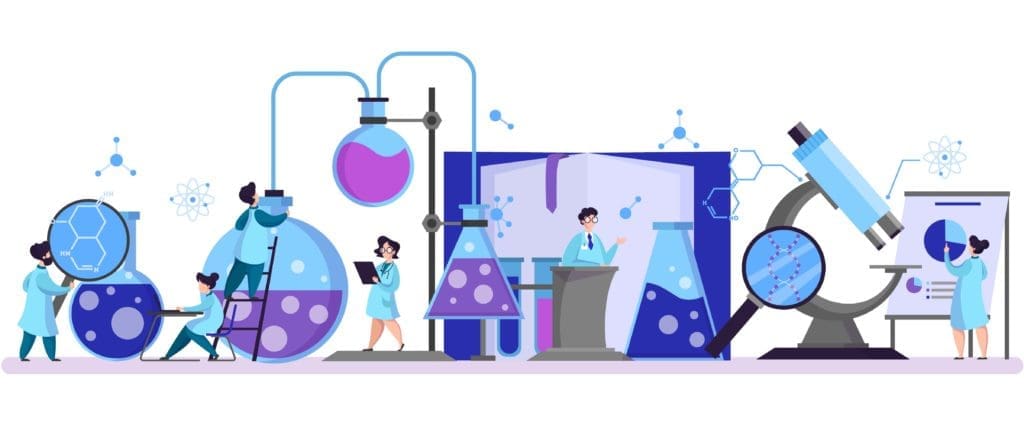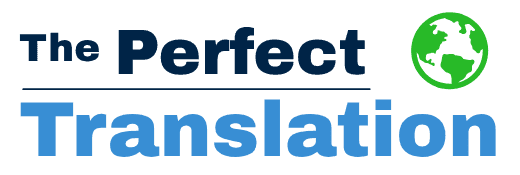In today’s world, it’s hard to imagine how language barriers may have restrained the expansion of knowledge, but indeed, that was the case at one time. Without computer technology that can translate texts almost automatically and communication tools to allow people around the world to converse in real-time and with translated “subtitles” on screen, there was a long period of our history when knowledge resided within the borders of a language territory. For a long time, language translation in the United States was primarily focused on academic literature translations.
 This age came to an abrupt halt on October 4, 1957. USSR launched Sputnik, the first artificial satellite into space to orbit the Earth. The United States watched in wonder as another world leader achieved this feat and immediately sought to figure out what the Russians knew that we didn’t. As a result, American Russian-speakers were called upon to translate scientific texts–everything the United States could get ahold of. The requirements were quite simple: one had to have an advanced degree in a related scientific field and language fluency.
This age came to an abrupt halt on October 4, 1957. USSR launched Sputnik, the first artificial satellite into space to orbit the Earth. The United States watched in wonder as another world leader achieved this feat and immediately sought to figure out what the Russians knew that we didn’t. As a result, American Russian-speakers were called upon to translate scientific texts–everything the United States could get ahold of. The requirements were quite simple: one had to have an advanced degree in a related scientific field and language fluency.
However, focusing on scientific language translation didn’t stop with the space race. The American Translators Association was founded during this time was flooded with membership, and many fields of science became strong focuses. For example, the Germans held medical expertise, particularly in the fields of vitamins, X-rays, and other pharmaceutical products. The American pharmaceutical industry was excited to learn all it could from German scientific journals and publications. We can thank translations of French medical journals for what we now know about tranquilizers and anesthetics, as they were much further along than the Americans in their understanding of them.
Scientific translation is an interesting field, because unlike the translation of literary novels, the work of scientists is much more black and white. Take the medical profession, for example: the method in which the body works is precisely the same from one country to the next. An accurate medical translation has no room for error. Yet, the structure of languages complicates the process.
The English language includes approximately 600,000 words, yet the French language only has about 100,000. It is possibly because the English language is so highly influenced by Greek, Latin, and Romance languages that it contains more words with exactness in their meanings. As a very simple example, in English, we have different words for moth and butterfly, to the extent that people have different feelings about their qualities. Yet, in French, both are called the same thing: papillon.
As a result, translating scientific matters that require exactitude into a target language with a different morphology is complex and challenging.
The key to achieving accurate technical translations in our history was the same as it is today. Two elements must exist: an in-depth understanding of the subject matter (i.e., advanced degree and/or working experience) combined with strong fluency.

Leave a Reply